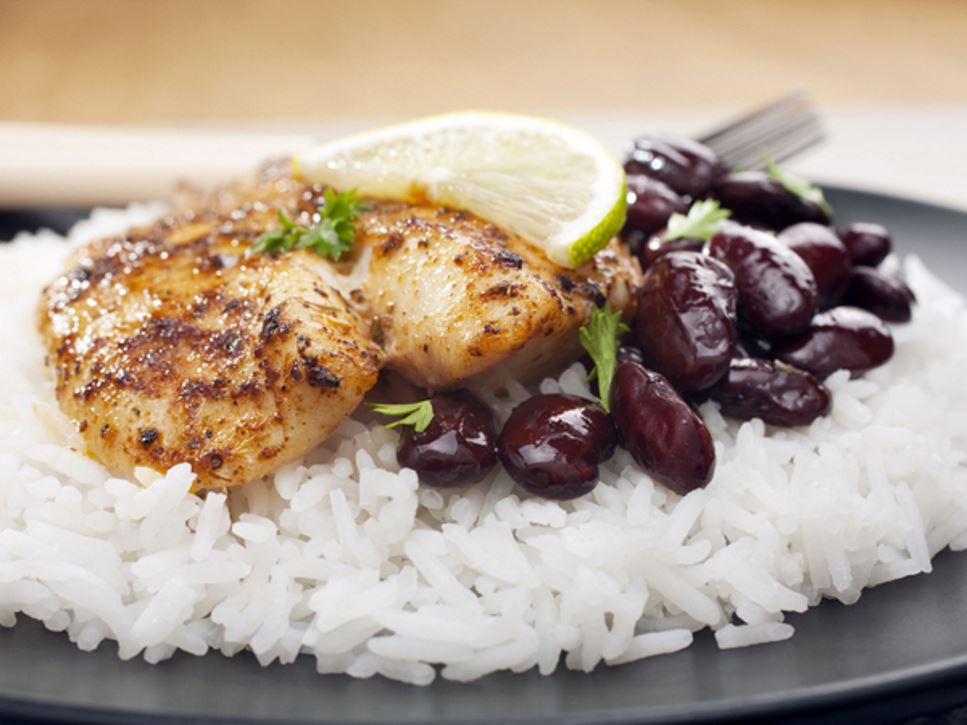You may “pump iron” at the gym a few times a week, but your body pumps it every day through your blood. Iron is needed to make hemoglobin, a part of red blood cells that acts like a taxicab for oxygen and carbon dioxide. It picks up oxygen in the lungs, drives it through the bloodstream and drops it off in tissues including the skin and muscles. Then, it picks up carbon dioxide and drives it back to the lungs where it's exhaled.
Iron Deficiency
If the body doesn't absorb the amount of iron it needs, it becomes iron deficient. Symptoms appear only when the body's iron stores are so low that oxygen can’t be carried efficiently throughout the body. This is known as iron deficiency anemia. Iron deficiency is one of the more common nutrient deficiencies and the leading cause of anemia in the United States. Symptoms may include:
- Fatigue
- Pale skin
- Weakness
- Dizziness
- Headache
Sources of Iron
While many plant-based foods are high in iron, the body absorbs iron more efficiently from animal sources. Some of the best animal sources of iron are:
- Lean beef
- Oysters
- Chicken
- Turkey
Plant-based sources of iron include:
- Beans and lentils
- Tofu
- Baked potatoes
- Cashews
- Dark green leafy vegetables such as spinach
- Fortified breakfast cereals
- Whole-grain and enriched breads
When eating plant-based foods, try including a source of vitamin C to help improve iron absorption. For example, strawberry and spinach salad or soup made with beans and tomatoes.
High-Risk Populations
Some populations are at a higher risk for developing iron deficiency. These include:
Women Who Are Pregnant: Increased blood volume requires more iron. This is important to drive oxygen to the baby and growing reproductive organs. Consult your doctor or registered dietitian nutritionist before taking an iron supplement.
Young Children: Babies store enough iron for the first 6 months of life. After 6 months, their iron needs increase. Iron-fortified infant formula and complementary foods, such as pureed meats and iron-fortified cereals, help this group meet their iron needs until they are able to eat larger portions. Cow's milk is a poor source of iron. When children drink too much milk, they crowd out other foods and may develop "milk anemia." The American Academy of Pediatrics recommends no cow's milk until after 1 year. After this point, it should be limited to no more than 2 cups per day.
Women of Childbearing Age: Women with excessively heavy menstrual periods may develop iron deficiency.
How to Prevent Iron Deficiency
Eat a balanced, healthy diet that includes good sources of iron to prevent any deficiencies.
If treatment for iron deficiency is needed, a health care provider will assess iron status and determine treatment. This may include changes in diet or supplements.
References
Find a Nutrition Expert
Looking for credible nutrition information and recommendations? The Academy of Nutrition and Dietetics' network of credentialed food and nutrition practitioners are ready to help!

